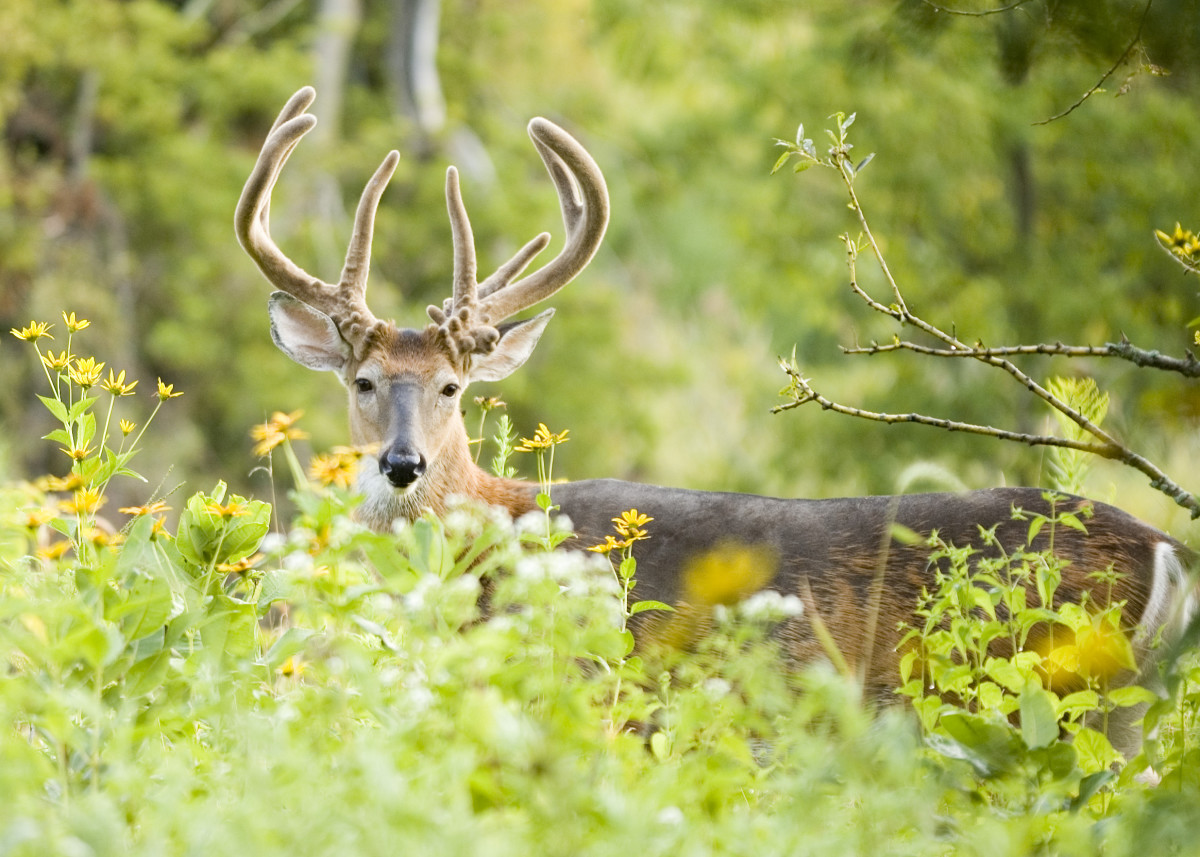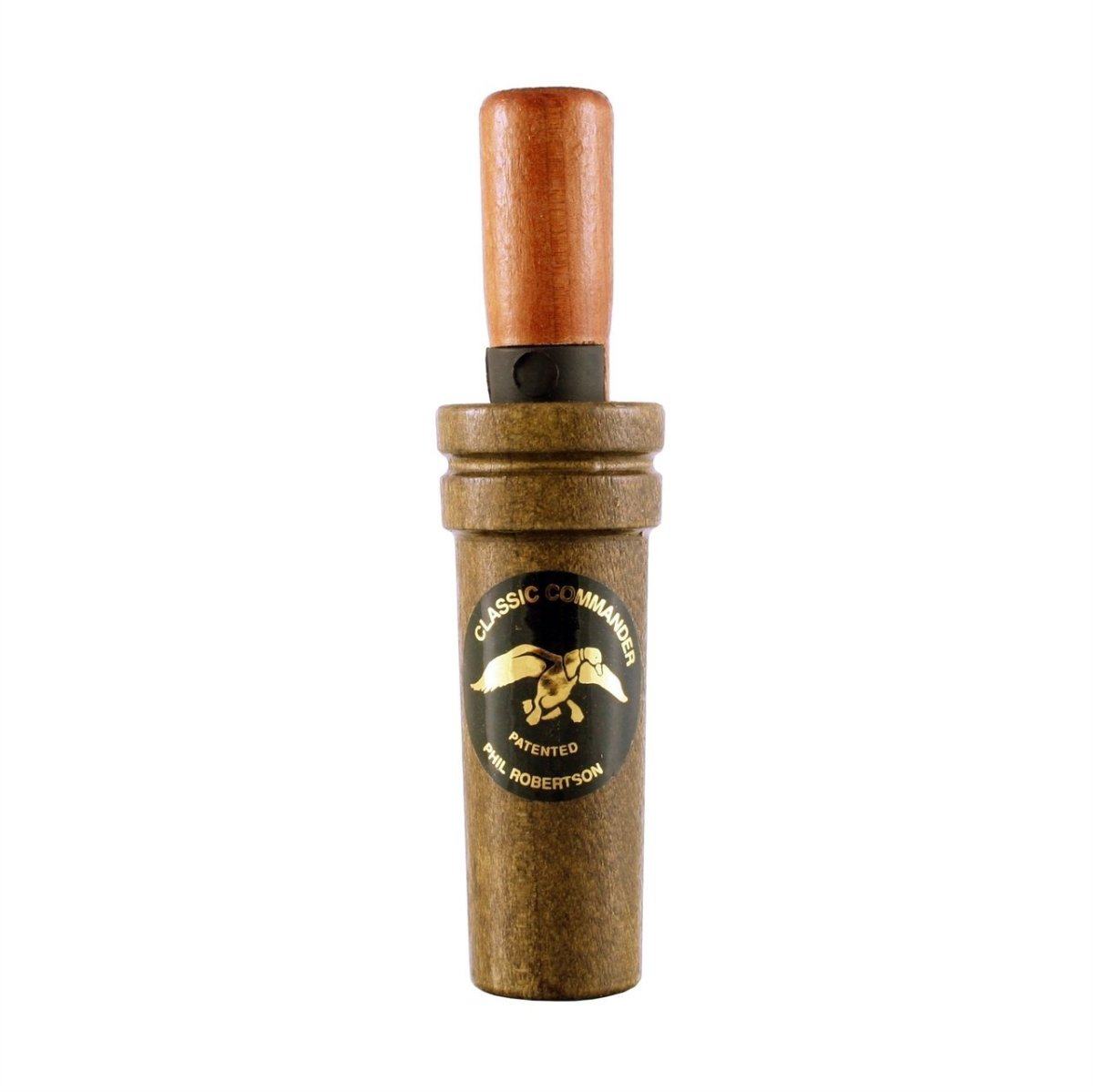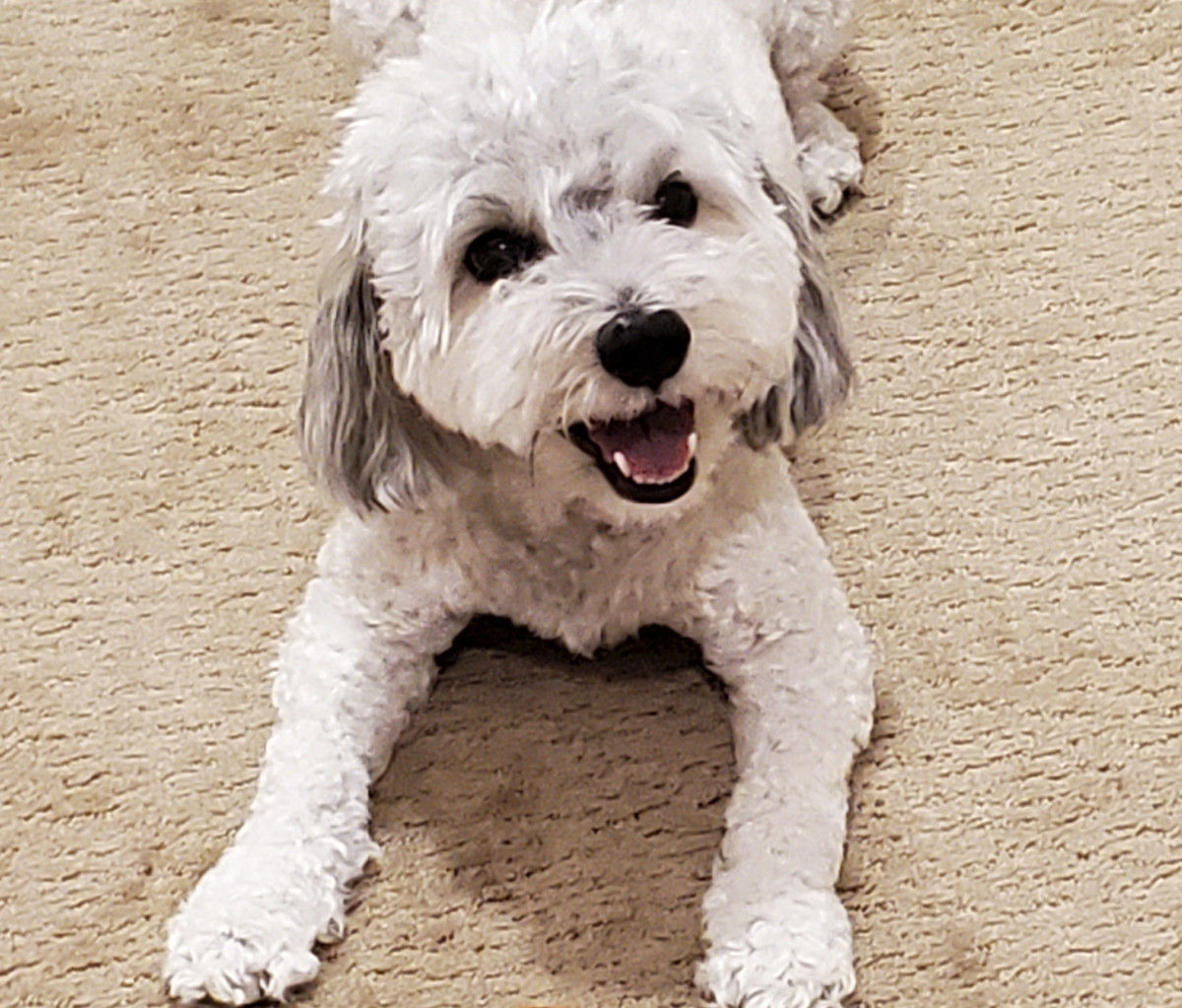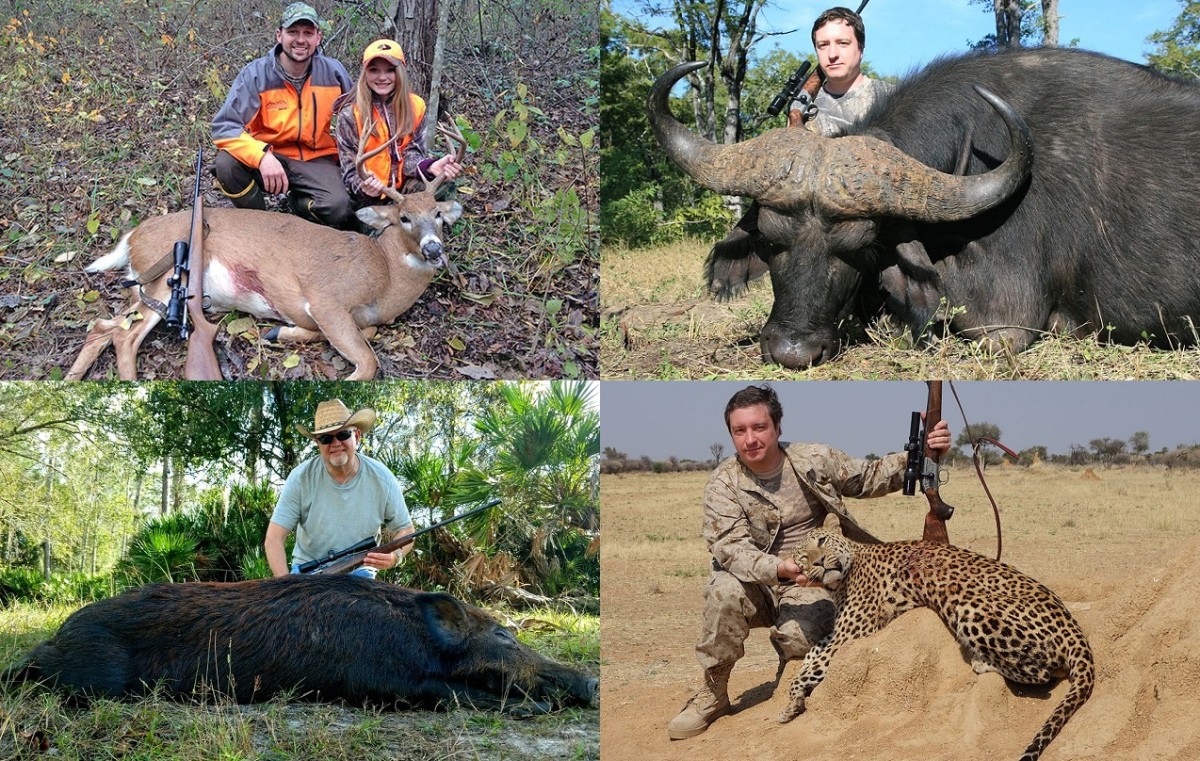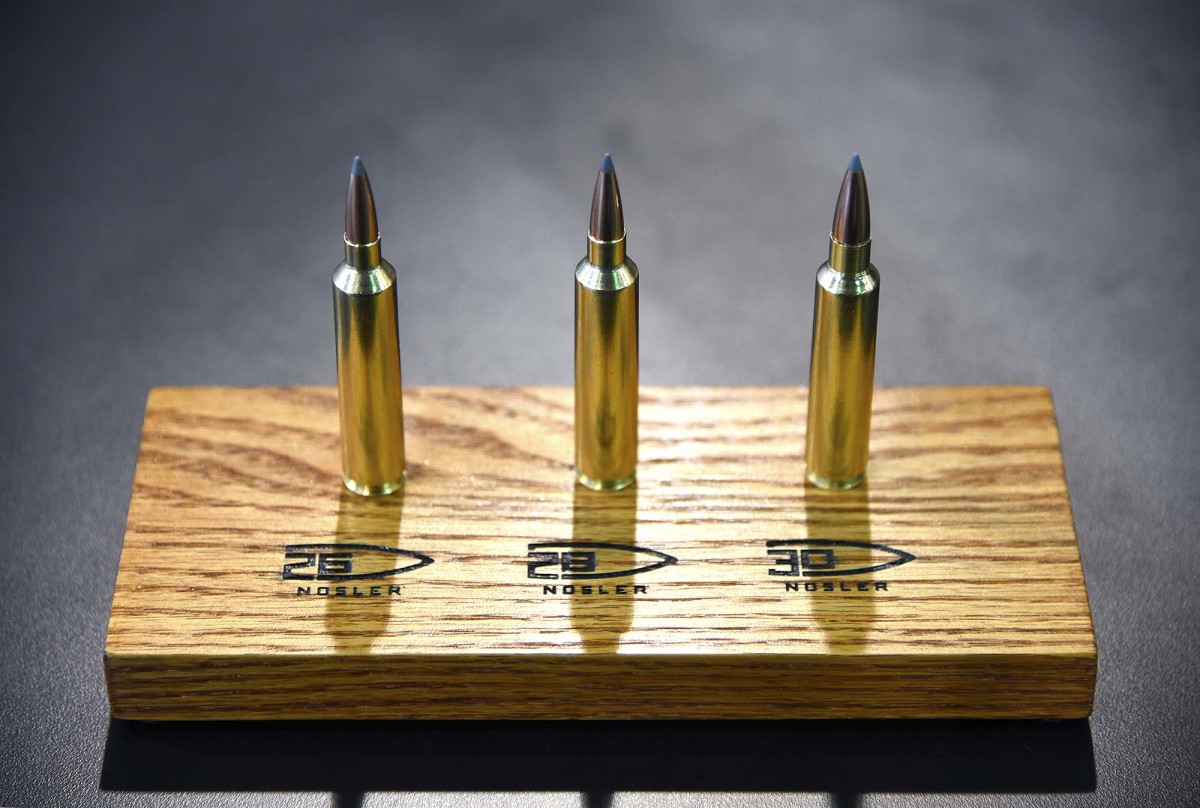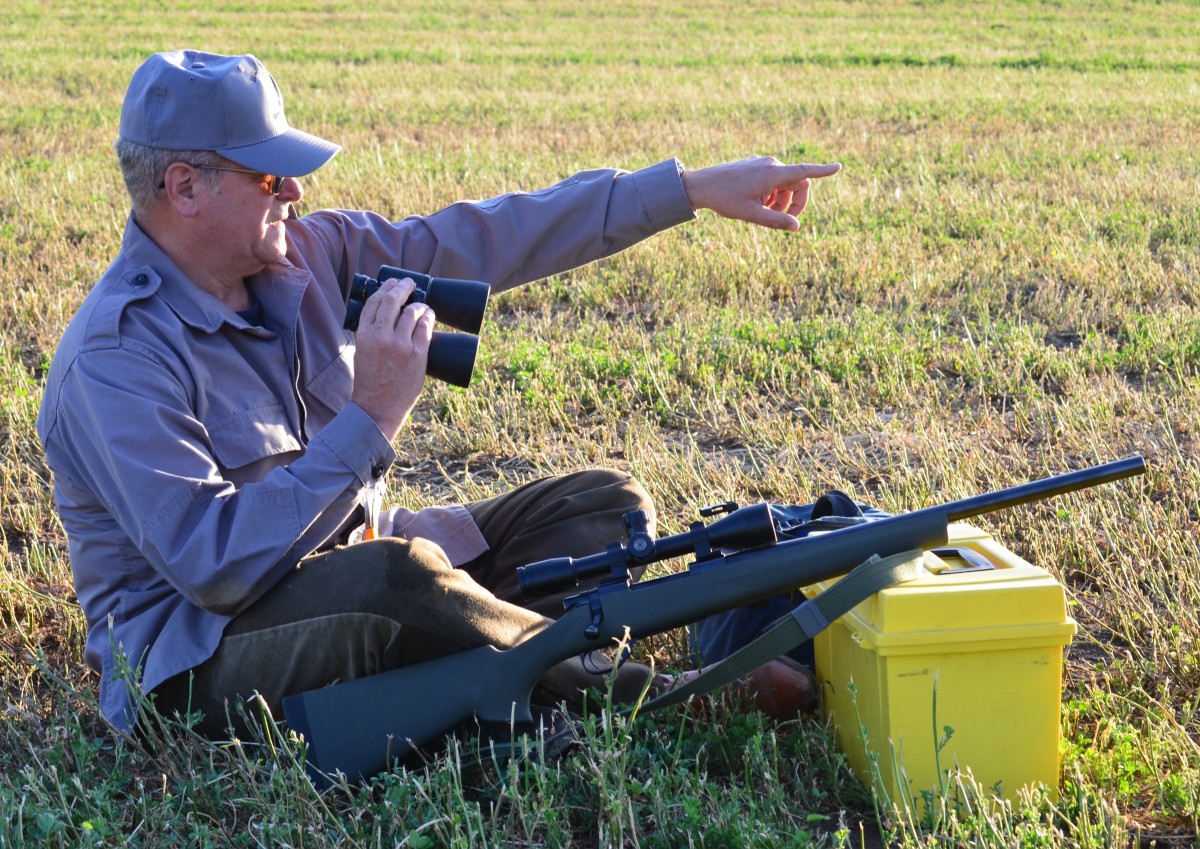Hunting deer - here's everything you need to learn the basics
There’s something peculiarly exciting and addictive about deer hunting. More than your skills with the gun, your adventure in the woods will test your patience, poise and passion for the game. To outsmart a deer in its own territory, you’ll need to be at your A game in every department. To help you, we’ve brought together the best basics of deer hunting right here.
How to Escape the Keen Eye of the Deer?
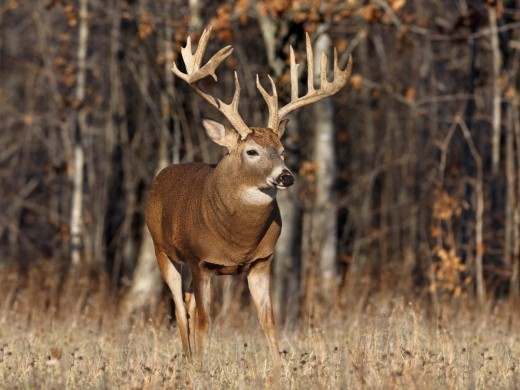
Deer are wary of suspicious hunters, both human and animal, when they’re out in the open woods. Their keen vision, supported by their supernormal sense of scent detection and sound detection, apart from their agile movements, make deer particularly hard to beat on the hunting grounds. However, here are two basic tips to help you reduce the odds against yourself:
- Because deer have eyes located on the sides of their head, they enjoy visibility across a very wide field, spanning 310 degrees. On the flipside, this makes it hard for deer to concentrate on a single point. The implications for a hunter - establish a sitting spot behind a tree that breaks your outline and you'll give yourself better chances of escaping the eyes of a deer.
- Deer are surprisingly agile at night and that's credited to their night vision abilities. This makes is particularly difficult for anyone to hunt a deer after twilight. Of course, it's illegal to be out hunting before the sunrise and after the sunrise.
Combating The Deer’s Smelling Prowess
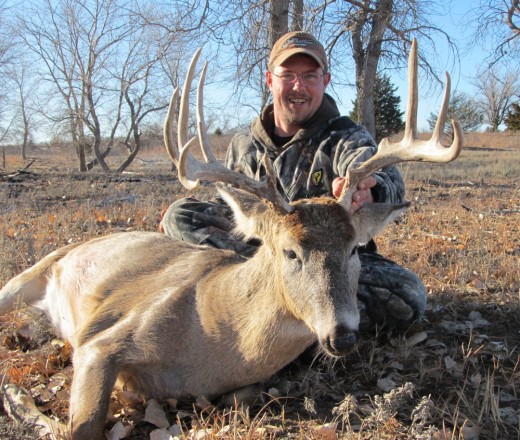
Veteran hunters believe that it's the deer's unimaginably awesome sense of scent that makes it one of the hardest animals to hunt down. To put things into perspective, here's a small exercise. Think of a scent that turns you off ever so often - it could be the malodorous invasion you feel in your vehicle when you drive by the farm, the nauseating smell of an uncovered sever, or anything. Now, imagine how distinctly you can identify the smell from a distance of 50 yards. A deer can smell you with the same ease, even when you are 1000 yards away. No wonders, the buck continues to evade you. Here are some tips to help you:
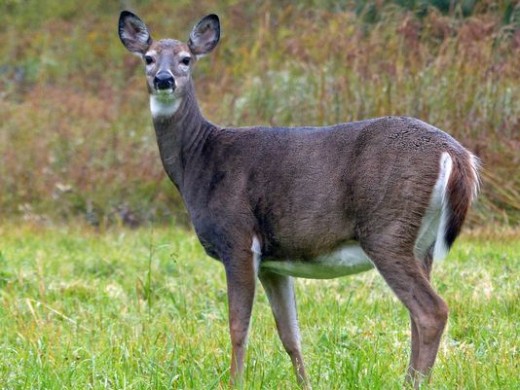
- Wear Rubber Boots – Deer can not only sense your scent when you are around, but also can make out your presence from the scent trails you leave on the path you walk and the shrubs you trample. To give yourself better chances to evade the notice of your prized catch, wear rubber boots instead of leather boots, because rubber gives you the best chance of not announcing your presence unnecessarily, as it does not retain the scent of your skin, quite unlike leather.
- Use scent block generously - It might sound and appear inconvenient, but you'll need to use a lot of scent block to give yourself any chance against the scent detection superpowers of the deer. When you take a shower before getting into the thick of the action, use scent block. Make sure you wash yourself with a clean towel that's not washed with scented detergents. Your hunting attire also needs to be washed with scent block. The rule is simple - whatever is not treated with scent block, will be sensed by the deer!
- Know the wind - Professional hunters plan their hunting expedition by keeping wind direction in mind. On days when you have the wind on your back, your chances of spotting a deer will be minimal, whereas being downwind of the hunting area is destined to land you with better opportunities of spotting and hunting down a deer.
- Store your hunting clothes well – Keep your hunting clothes sealed in plastic, so that they don’t absorb scents that will alert a deer of your presence. A smart tip adopted by experienced hunters is to keep their hunting clothes along with some leaves, ground debris and dirt from the hunting area that they are looking to explore.
Did you ever hunt anything at all?
Deer are Masterful Listeners – Practice the Gift of Silence When on the Hunt
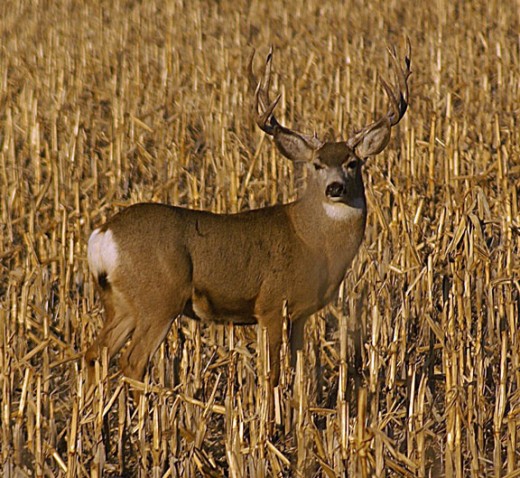
Unless you are hunting on a particularly windy day, you'll need to keep that mouth closed if you are to harbor any chances of hunting a deer, that's because the animals are pretty good listeners and can identify the sound of speaking humans from hundreds of yards. Deer can move their ears in any direction without necessarily moving their heads, which allows them to detect sounds from a wider field. These animals can even detect sounds at higher frequencies that what the human year can discern. How do you beat them? Here are some tricks -
- Set up your sitting arrangement a day before you begin your hunting expedition. Sounds like sawing of wood and clanking of metals will give your presence away and will keep deer miles away.
- Walk like a stalker to your sitting spot, taking one step at a time and waiting about a minute before taking the next step, so that even if a deer nearby hears the slightest of sounds, it has reasons to ignore them or disregard them as sounds coming from another animal.
- If you accidently let dead leaves rustle under your feet, or let a dried twig crack under your boot, stay calm and wait for a couple of minutes before you continue, to let the sound die out rather than alarming any nearby deer.
Amazing hunting kill shots
Know Where to Look
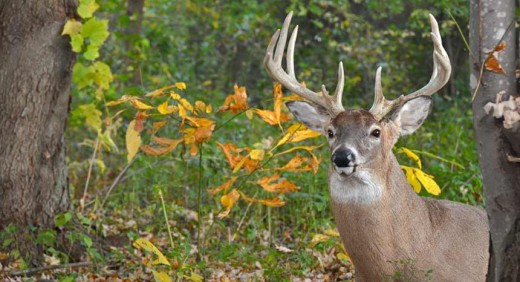
To finish up, here are some tips to narrow down your search over a few areas where you are likelier to spot deer:
- Deer mark their territory by scraping their antlers against tree barks, drawing ruts in the land using their heavy hooves and urinating around the area. With time, you'll learn to identify such marked territories, which are always good points to begin your hunting adventures from.
- When the weather is really cold, deer escape to the thicker woods to keep the winds and the chill at bay, so you know where you need to look for deer in the harshest of winters.
Apart from woods, you can even look for deer on agricultural lands, especially those with fruit and corn plantations. Mostly, deer like to be close to areas where there is abundance of berries, grasses, roots and herbs.

